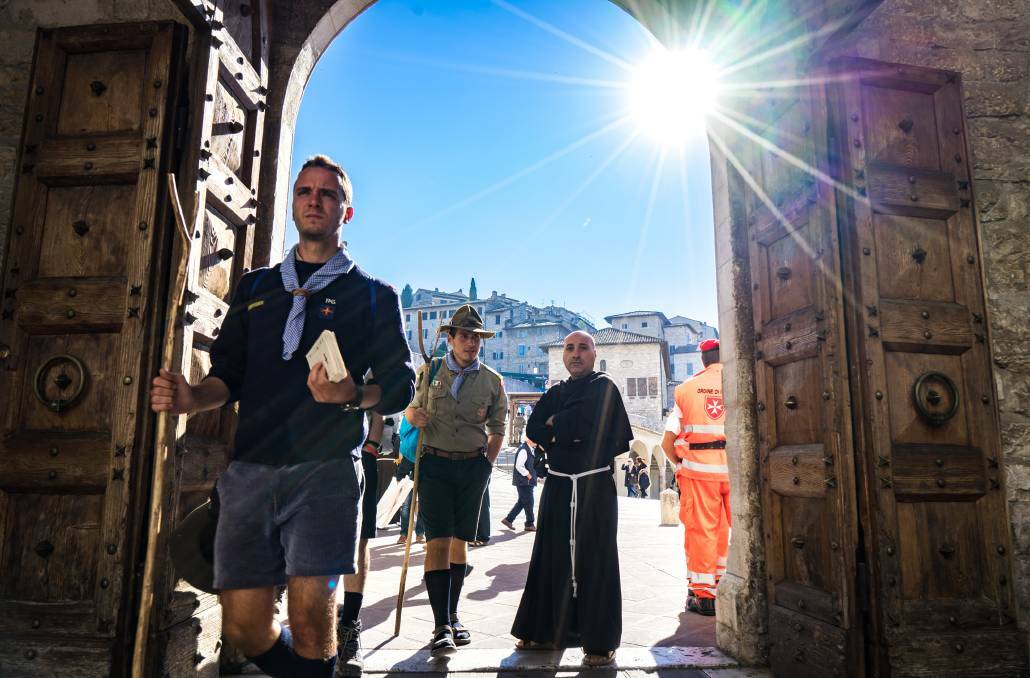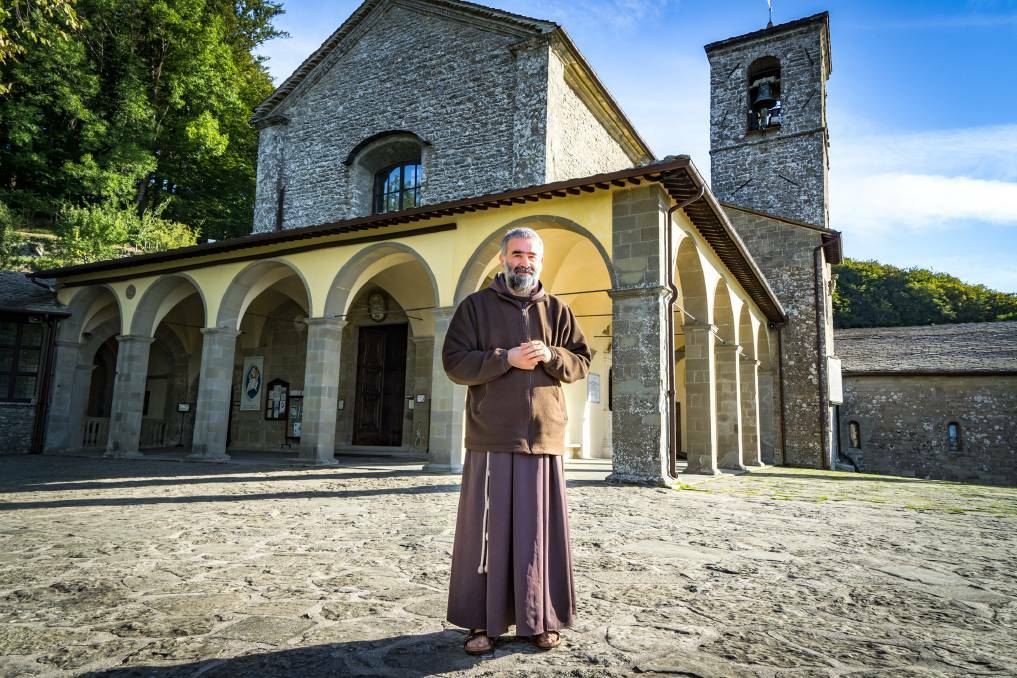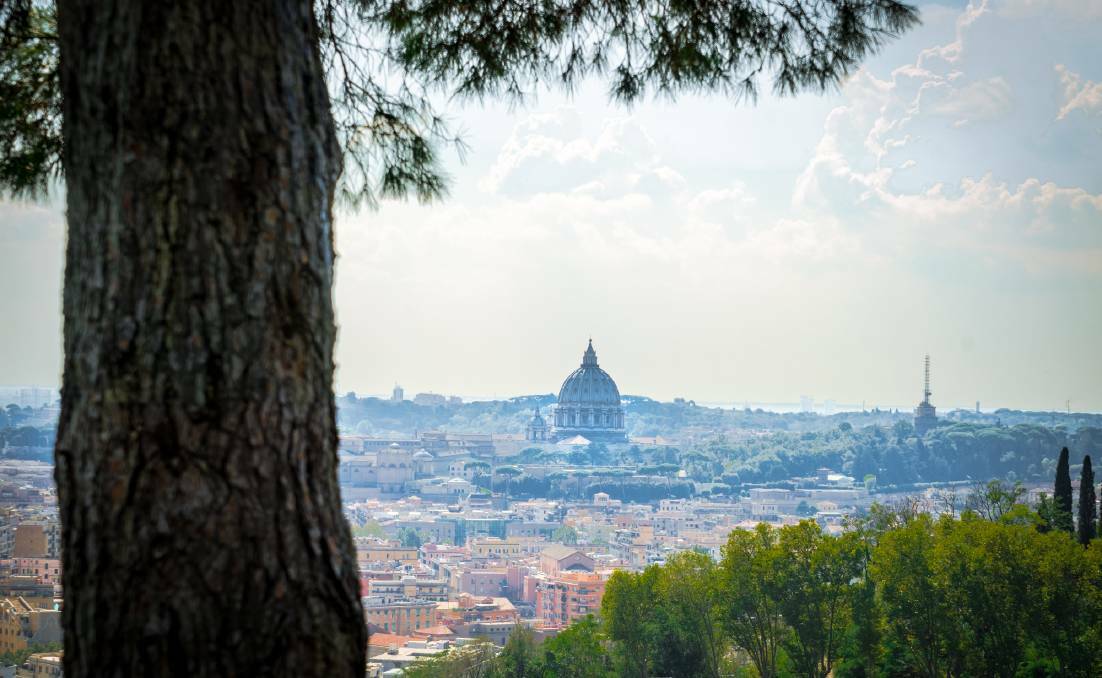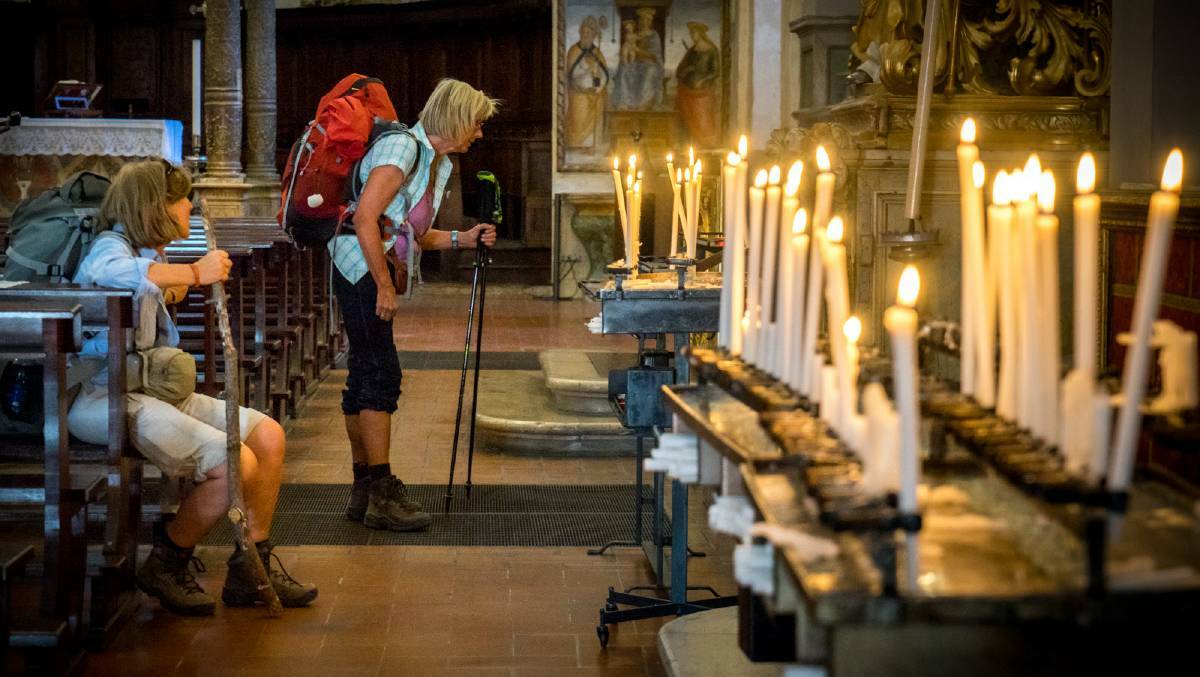Legend says that about 800 years ago, in a small sanctuary in central Italy, St Francis became the first person in history to receive the stigmata, the bleeding wounds that mimic those of Jesus on the cross.
Create a free account to read this article
$0/
(min cost $0)
or signup to continue reading
It’s said that St Francis, who was alone at the time, kept his stigmata a secret and the marks were only discovered on his body after his death. By this time, though, his followers already knew that he was more than a simple preacher. When he died in 1226, he had begun a movement that was to be one of the most influential in the Catholic Church.
Many centuries later, I’m standing in that same small chapel at La Verna where St Francis apparently received his marks. It’s decorated now with a stunning glazed earthenware depiction of the crucifixion. A new monastery and church have been built above it and the number of monks has expanded. But down a short set of steps, you can still reach a quiet cave, tranquil with greenery and the slight dripping of water, where St Francis would sit and meditate for hours.

La Verna – just a dot on the map about 80 kilometres from Florence in Tuscany – is the official start of the Way of St Francis, one of Europe’s most iconic pilgrimage trails. I’m about to get a taste of the route … and discover that it’s about much more than religion.
To understand the Way of St Francis, it’s best to think of the 550-kilometre trail as a loose connection of important landmarks that are all part of the story of the man and his influence. It’s not a pilgrimage he did himself. Rather, it’s a collection of what is left of St Francis’s physical and spiritual legacy – where he lived, where he preached, where people worshipped him. From La Verna, it goes to Rome and into the Vatican. Naturally, it passes through the Umbrian city of Assisi, which was the centre of his world.

To do the whole route would take a minimum of 21 days, although most people would spend a bit longer so they can have days off to explore the regions they are passing through. That is, for many walkers, the main reason for taking the Way of St Francis – to see the sights along the way.
The food and the wine are local and plentiful, with each little town offerings its own organic produce at reasonable prices.
There is, of course, Assisi, the saint’s birthplace and final resting place. The Basilica of St Francis dominates the view as you approach the city along the route and, once you’re up the hill and inside the maze of streets, you’ll find smaller chapels, monasteries and historic buildings right through the city. In particular, the Cathedral of St Rufinus and Basilica of St Clare are both very impressive landmarks.

But along the way, there are stops at other cities or towns that are not on the typical Italian tourist route. I certainly don’t hear travellers regularly talk about Gubbio, built on a hill, with public elevators you take to the higher levels where the city’s main cathedral looks over a large public square with the dramatic Palazzo dei Consoli on one side. Or Spello, a small town built on Roman ruins, which is famous for its flower competitions and the brightly coloured plants in alleyways throughout.
These spots in Umbria are just as beautiful, just as full of history, and just as interesting to explore as the more famous cities and towns in nearby Tuscany, yet without the crowds of visitors. And walking between them, you’ll pass through some wonderful landscapes. There are dense forests, mountain ranges, parklands, rivers, and farms.

With the warm Italian sun beating down, the smell of nature hangs in the air, far away from the sounds of highways and industry. The food and the wine are local and plentiful, with each little town offering its own organic produce at reasonable prices. Walking is a pleasure but stopping to try the meat and the cheese is always welcome. It’s how you imagine Italian villages.
One day, I chat with some Australian women who are doing the Way of St Francis from Rome to Assisi because they teach at a Franciscan school and think walking the path is an important part of their religious development. But, for most of the pilgrims I meet, the walk is not about a particular faith. For many it is about a physical or psychological challenge. For others it’s just a more relaxing way to explore a region.

But just because a walker is not connected to the route by a religion, doesn’t mean it is not a spiritual journey. It could be about a connection to the land, a period of self-growth, a way to escape from modernity, or just offer some time to think about our purpose in life.
There’s also no need to do the entire trail. Many pilgrims just do half of it. Others, like me in this case, just choose different legs of the walk to experience a variety of landscapes and historic sights in a shorter time.
Regardless of the exact path you take, like the life of St Francis, you need to look beyond the material to find true appreciation of the world. Coloured markers along the route may guide the way, but everyone makes their own journey.




